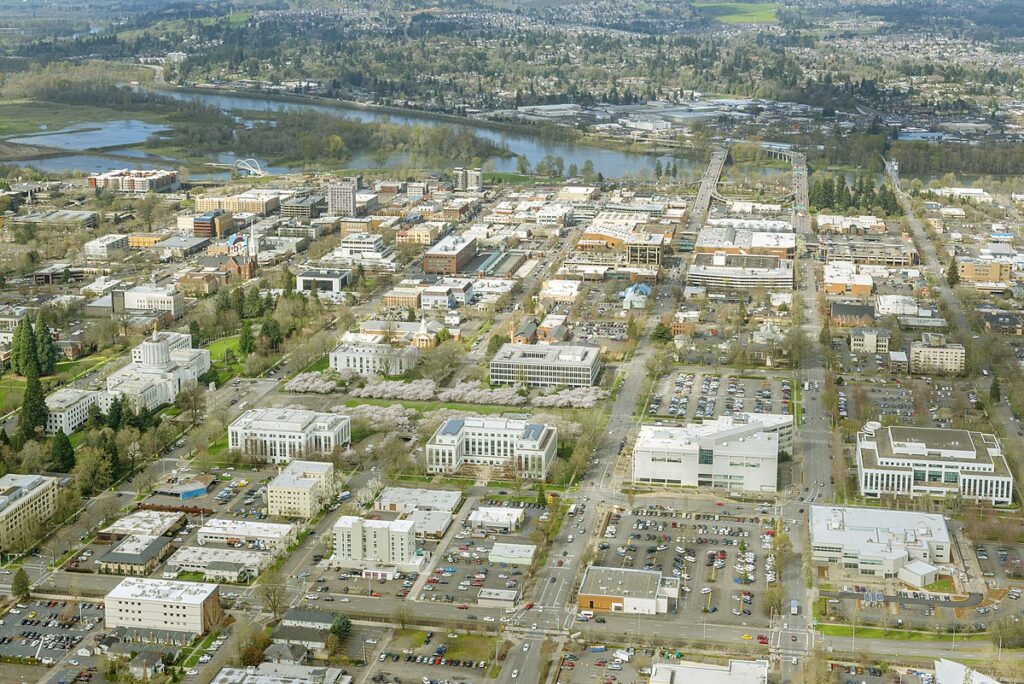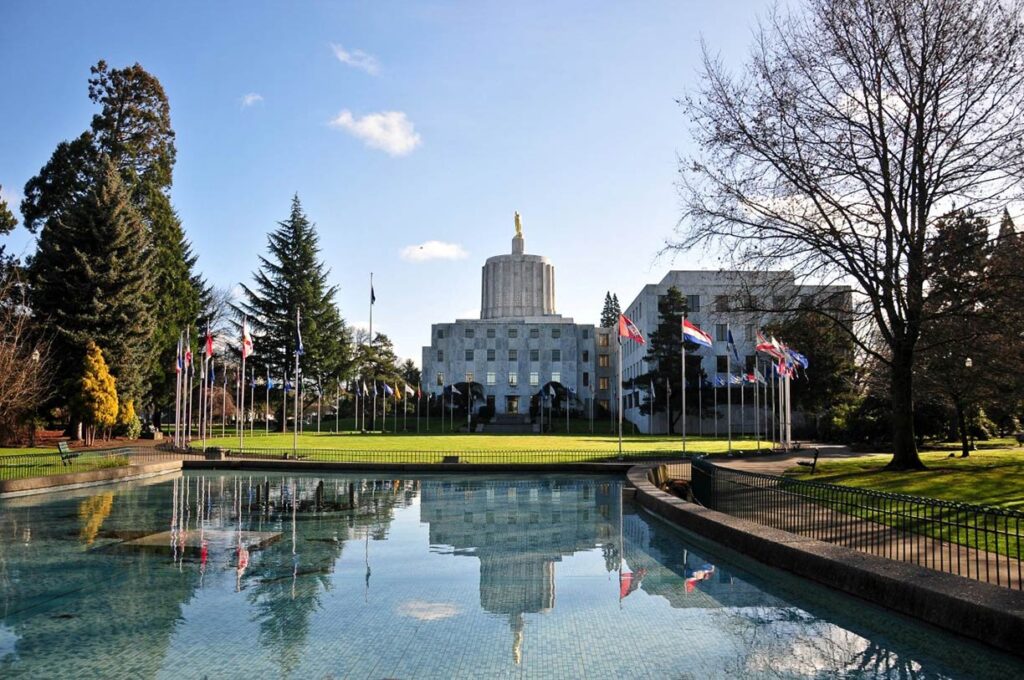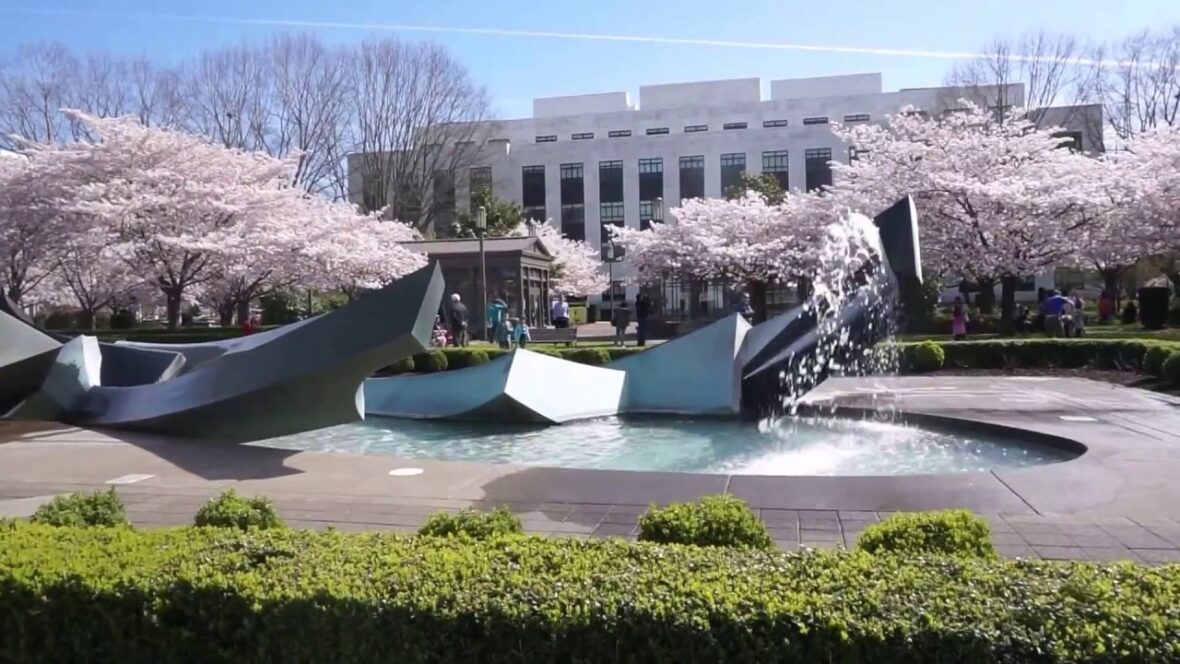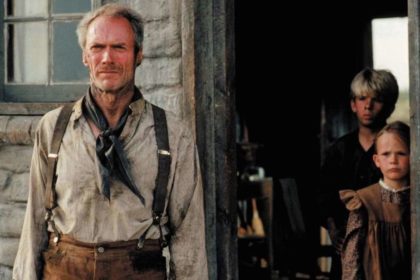Salem is the capital of the U.S. state of Oregon, and the county seat of Marion County. It is located in the center of the Willamette Valley alongside the Willamette River, which runs north through the city. Take a look below for 25 fascinating and awesome facts about Salem, Oregon, United States.
1. The river forms the boundary between Marion and Polk counties, and the city neighborhood of West Salem is in Polk County.
2. Salem was founded in 1842, became the capital of the Oregon Territory in 1851, and was incorporated in 1857.
3. Salem had a population of 174,365 in 2019, making it the second-largest city in the state after Portland.
4. Salem is a little under an hour’s driving distance away from Portland.
5. Salem is the principal city of the Salem Metropolitan Statistical Area, a metropolitan area that covers Marion and Polk counties and had a combined population of 390,738 at the 2010 census.
6. A 2019 estimate placed the metropolitan population at 400,408, the state’s second largest. This area is, in turn, part of the Portland-Vancouver-Salem Combined Statistical Area.
7. The campuses of Willamette University and Chemeketa Community College lie within the city limits of Salem, and the campus of Corban University is just outside the city in unincorporated Marion County.
8. The State of Oregon is the largest public employer in the city, and Salem Health is the largest private employer. Transportation includes public transit from Cherriots (legally known as Salem Area Mass Transit District), Amtrak service, and non-commercial air travel at McNary Field.
9. Major roads include Interstate 5, Oregon Route 99E, and Oregon Route 22, which connects West Salem across the Willamette River via the Marion Street and Center Street bridges.
10. The Native Americans who inhabited the central Willamette Valley at first European contact, the Kalapuya, called the area Chim-i-ki-ti, which means “meeting or resting place” in the Central Kalapuya language (Santiam).

11. When the Methodist Mission moved to the area, they called the new establishment Chemeketa; although it was more widely known as the Mill, because of its situation on Mill Creek. When the Oregon Institute was established, the community became known as the Institute.
12. When the Institute was dissolved, the trustees decided to lay out a town site on the Institute lands.
13. Some possible sources for the name “Salem” include William H. Willson, who in 1850 and 1851 filed the plans for the main part of the city, and suggested adopting an Anglicized version of the Biblical Hebrew word “שָׁלוֹם, Shalom”, meaning “peace” (as well as “hello” and “goodbye”).
14. The Reverend David Leslie, President of the town’s Trustees, also wanted a Biblical name, and suggested using the last five letters of “Jerusalem”.
15. Or, the town may be named after Salem, Massachusetts, where Leslie was educated. There were many names suggested, and even after the change to Salem, some people, such as Asahel Bush (editor of the Oregon Statesman), believed the name should be changed back to Chemeketa.
16. The Vern Miller Civic Center, which houses the city offices and library, has a public space dedicated as the Peace Plaza in recognition of the names by which the city has been known.
17. It is estimated that the Willamette Valley area has been inhabited for over 10,000 years. The Kalapuya peoples would gather on the plateau east and south of the current downtown area in the winter and establish camps. They fished and harvested in the streams and fields of the area. One staple of life was the camas root, and periodically the Kalapuya would set fires that would clear and fertilize the meadows where it grew.
18. In the early 1850s, the Kalapuya, along with the other native peoples west of the Cascade Mountains, were removed by the U.S. government through a combination of treaties and force. Most Kalapuya people were moved to the Grande Ronde Reservation somewhat to the west of Salem, with smaller numbers ending up at Siletz Reservation and other Oregon and Washington reservations.
19. The first people of European descent arrived in the area as early as 1812; they were animal trappers and food gatherers for the fur trading companies in Astoria, Oregon.
20. The first permanent American settlement in the area was the Jason Lee Methodist mission (1840) located in the area north of Salem known as Wheatland.

21. In 1842, the missionaries established the Oregon Institute (the forerunner of Willamette University) in the area that was to become the site of Salem. In 1844, the mission was dissolved and the town site established.
22. In 1851, Salem became the territorial capital after it was moved from Oregon City. The capital was moved briefly to Corvallis in 1855, but was moved back to Salem permanently that same year. Salem incorporated as a city in 1857, and with the coming of statehood in 1859, it became the state capital.
23. Agriculture has always been important to Salem, and the city has historically recognized and celebrated it in a number of ways. In 1861, Salem was chosen as the permanent site of the Oregon State Fair by the Oregon State Agricultural Association.
24. Salem is nicknamed the “Cherry City”, because of the past importance of the local cherry-growing industry.
25. The first cherry festival in Salem was held in 1903 and was an annual event, with parades and the election of a cherry queen, until sometime after World War I. The event was briefly revived as the Salem Cherryland Festival for several years in the late 1940s.




